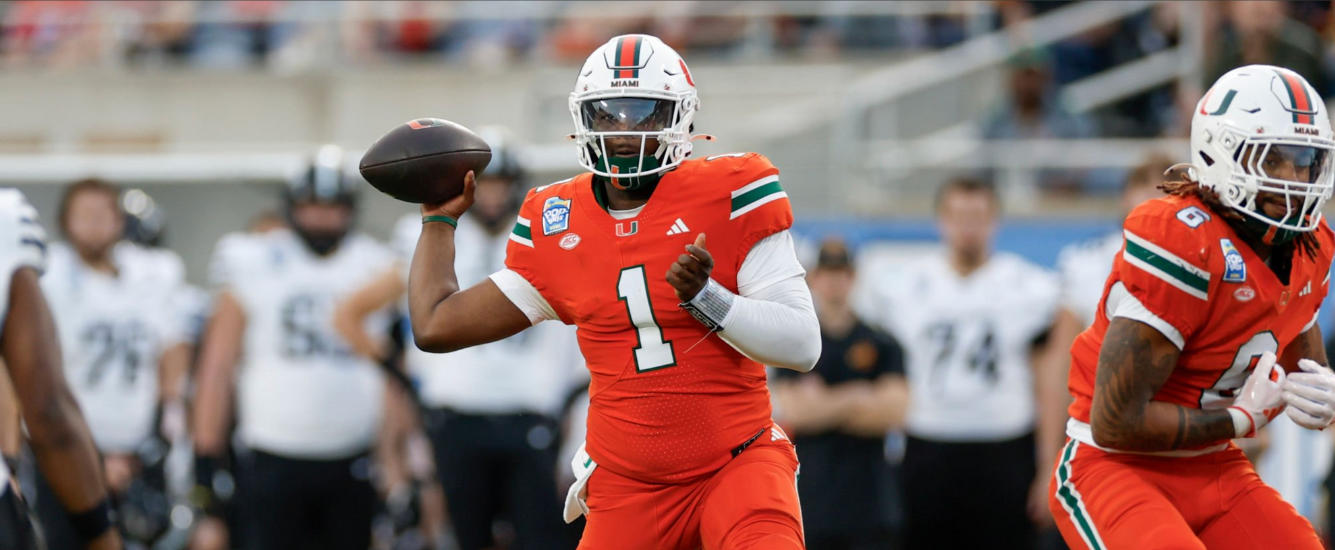The Wrong Read has had many lives — first as a reflection on insights from the RotoViz podcasts; then as a freeform space for exploring a variety of metrics and strategies. It will likely continue in that latter function, but at least for now — in season — it’s an in-depth matchup lookahead article.
Each week I’ll gather advanced stats from our tools — mainly the Advanced Team Stat Explorer — to paint a picture of the upcoming week and offer some thoughts on how the games might unfold. My interest is in how the games will impact fantasy teams, and as such I’m looking mainly at the metrics that I think can help us predict how different teams and players will (or won’t) score fantasy points.
Here’s an early week preview featuring the Thursday night game. Stay tuned for the full version later in the week.
Tampa Bay Buccaneers at Buffalo Bills
One theme we’ve been following all year is the Bills’ inability to stop good runners. Prior to Week 1, I noted that Breece Hall might be able to break off some long runs against the Bills in his first game back from injury. He then rushed for 26 yards on his first carry, and 83 yards on his second carry. Things haven’t improved much for Buffalo. They’re allowing 5.2 yards per carry — only the Broncos are worse. The Bills’ biggest problem is that they allow nearly four yards after contact per carry, and they allow a lot of evaded tackles. The good news for the Bills is that in Week 8 they get to face the Buccaneers.

Only one team generates fewer yards after contact, and only two teams are less efficient on the ground. Tampa Bay is getting Chase Edmonds back for this game, but his absence is probably not what’s been holding them back. Bucs’ beat reporter Greg Auman has speculated that Sean Tucker will be inactive with Edmonds back.
Tucker fans among us might point out that the Bucs should probably alter their strategy — why not give the rookie a shot? Those of us who drafted Tucker in the final rounds of best ball drafts were hoping that he would have forced the coaching staff’s hand by now. The fact that he hasn’t yet, despite Tampa Bay’s rushing struggles, is at least a minor red flag.
No matter who is playing running back for the Bucs, they will likely be throwing the ball. For as bad as the Bills are at defending the run, they are also beatable through the air.

They allow a successful passing play on more than 52% of the attempts they face, and they allow a big passing play on nearly 30% of attempts. Tampa Bay is No. 4 in the league in passing boom plays, in large part thanks to playing behind the No. 4 offensive line in the league. Buffalo’s loose coverage against wide receivers should give Chris Godwin and Mike Evans ample opportunity to make plays. Ryan Ramsarran suggests that this is a good time to buy low on Godwin, and this matchup may prove him right immediately.
Tampa Bay will have to throw a lot in this one to keep up with Buffalo’s efficient passing offense. The Bills rank No. 3 in both EPA per pass attempt and total FPOE, and No. 4 in passing success rate. The Bucs, however, give up a lot of ground to productive passing teams.

They rank No. 22 in both EPA per attempt allowed and boom rate allowed, while allowing even more WR separation than the Bills do. Tampa Bay has allowed four different WRs to gain at least 100 yards so far in 2023, and Stefon Diggs will hope to make that five.
If the Bills had any intention of keeping their strong running game going, they might be better off skipping a week. Although Buffalo is above average in most advanced rushing categories, only one team allows less EPA per rush attempt than the Bucs.

Tampa Bay also ranks No. 4 in rushing FPOE allowed and boom rate allowed. James Cook has been an effective runner — among backs with at least 50 carries, he ranks No. 11 in yards before contact and No. 9 in yards after contact per carry. Yet this looks like a game in which most of the points will be scored by the respective passing attacks.












